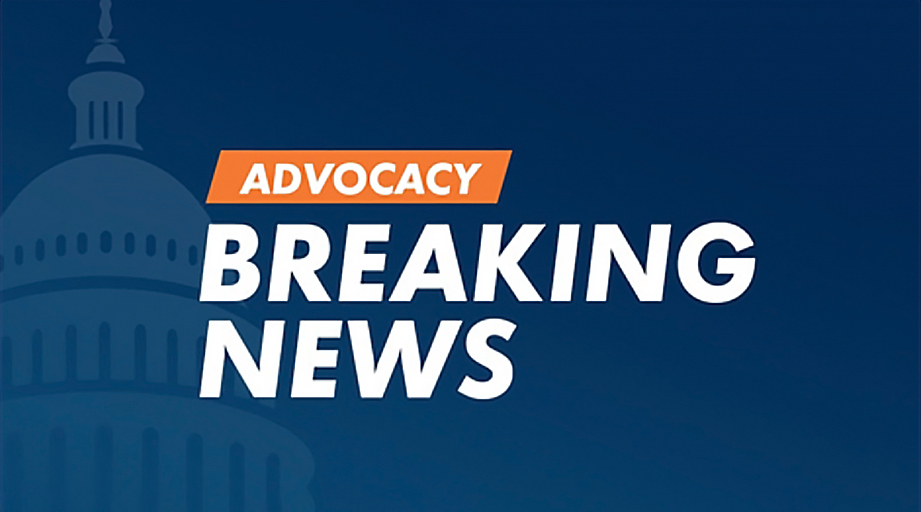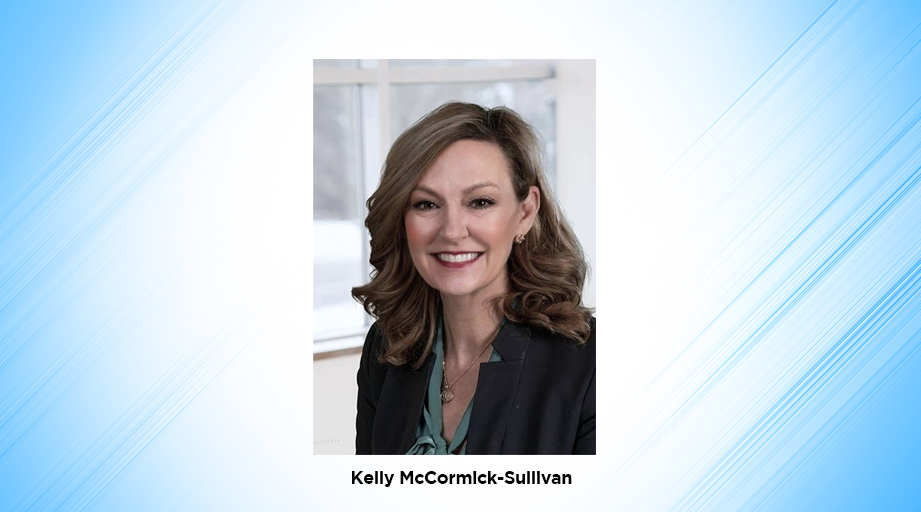
Nineteen pharmacists in Colorado filled 1 or more prescriptions last year for the 50 patients who obtained medications under the state’s medical aid in dying statute, according to a report from the Colorado Department of Public Health and Environment.
According to the report, 21 prescriptions for “aid-in-dying” medications were filled last year for secobarbital, 28 for a combination of diazepam, digoxin, morphine sulfate, and propranolol, and 1 for morphine sulfate alone or in another combination. The identity of the dispensing pharmacist is protected under Colorado law and is not available to the public.
The report is the department’s first statistical examination of the Colorado End-of-Life Options Act, which became law through a 2016 ballot initiative.
A Gallup poll last year found that 73% of U.S. adults agreed that physicians should be allowed to help a terminally ill patient painlessly end his or her life if the patient requests that assistance.
Nationally, the practice of medical aid in dying was first written into law in Oregon nearly 2 decades ago. Since then, California, Colorado, Oregon, Vermont, Washington, and the District of Columbia have passed laws permitting the practice. Medical aid in dying is also allowed in Montana pursuant to a ruling by the state’s supreme court.
Legislation permitting medical aid in dying was under consideration in 26 states at the beginning of this year, according to the Death with Dignity National Center, a nonprofit organization that promotes model legislation on the practice.
“It’s not an anomaly anymore; it’s commonplace, it’s everywhere. Physicians are learning in public, and we have to figure out how to help them,” said Anthony Back, professor of medicine at the University of Washington in Seattle.
Back made the remark during a February 12–13 workshop on physician-assisted death hosted by the National Academies of Sciences, Engineering, and Medicine (NAS) in Washington, D.C. The workshop was held as a forum for the discussion of current practices and challenges associated with physician-assisted death.
The Colorado report states that physicians wrote 69 prescriptions for aid-in-dying medications last year, indicating that not all patients who asked for a prescription had used it.
Although the public health department received death certificates for 56 patients who had received a prescription under the aid-in-dying statute, the actual number of patients whose death resulted from taking a lethal medication is unknown. That’s because state law requires that the patients’ underlying illness—not the use of a lethal medication—be reported as the cause of death.
In Oregon, a total of 1,275 patients have died as a result of taking medications prescribed under the state’s Death With Dignity Act since its inception.
The state’s 20th annual report on the act, released in February, revealed that prescriptions for lethal medications were written for 218 patients during 2017. Through January 19 of this year, 130 of these patients and 14 others who received a prescription before 2017 had taken those medications to end their lives.
In all, 143 patients died from ingesting their medication. The report states that 1 patient regained consciousness after ingesting the medication and later died of the underlying illness. A total of 7 patients in the state have regained consciousness after ingesting a purportedly lethal medication since the law was enacted.
Of the remaining 88 patients who received a lethal prescription last year, half did not take the medication and died of another cause. The “ingestion status” of the other 44 patients is not yet known, according to the report.
Linda Ganzini, professor of psychiatry and medicine at Oregon Health and Sciences University in Portland, said during the NAS workshop that most Oregonians request medical aid in dying to assert control over the course of their illness and avoid dependence on others. She said patients generally request a lethal prescription as an option for the future and not for immediate use.
University of Nevada, Las Vegas School of Law Professor David Orentlicher told NAS workshop attendees that U.S. jurisdictions where medical aid in dying is legal limit it to people with a diagnosis of terminal illness who have a life expectancy of 6 months or less. An independent confirmation of the diagnosis is required, and patients may be required to undergo a mental health screening to be eligible for a life-ending prescription.
Other U.S. requirements include the ability to give informed consent and to self-administer the prescribed oral medications.
The American Medical Association since 1993 has officially opposed the practice of medical aid in dying, which the organization calls physician-assisted suicide. Some affiliated state medical societies have dropped their opposition in favor of a neutral stance.
ASHP’s Joint Council Task Force on Pharmacist Participation in Medical Aid in Dying last year affirmed the organization’s stance of “studied neutrality” on pharmacists’ participation in medical aid in dying and on legislation related to medical aid in dying.
The task force defined medical aid in dying as “the practice in which a physician provides a prescription for a lethal dose of medication to a terminally ill, competent patient at the patient’s request that the patient can self-administer at a time of his or her choosing to end his or her life.”
A new policy (policy 1704) that resulted from the task force’s deliberations affirms each pharmacist’s right to participate in medical aid in dying or decline to do so without retribution.
[This news story appears in the April 1, 2018, issue of AJHP.]









